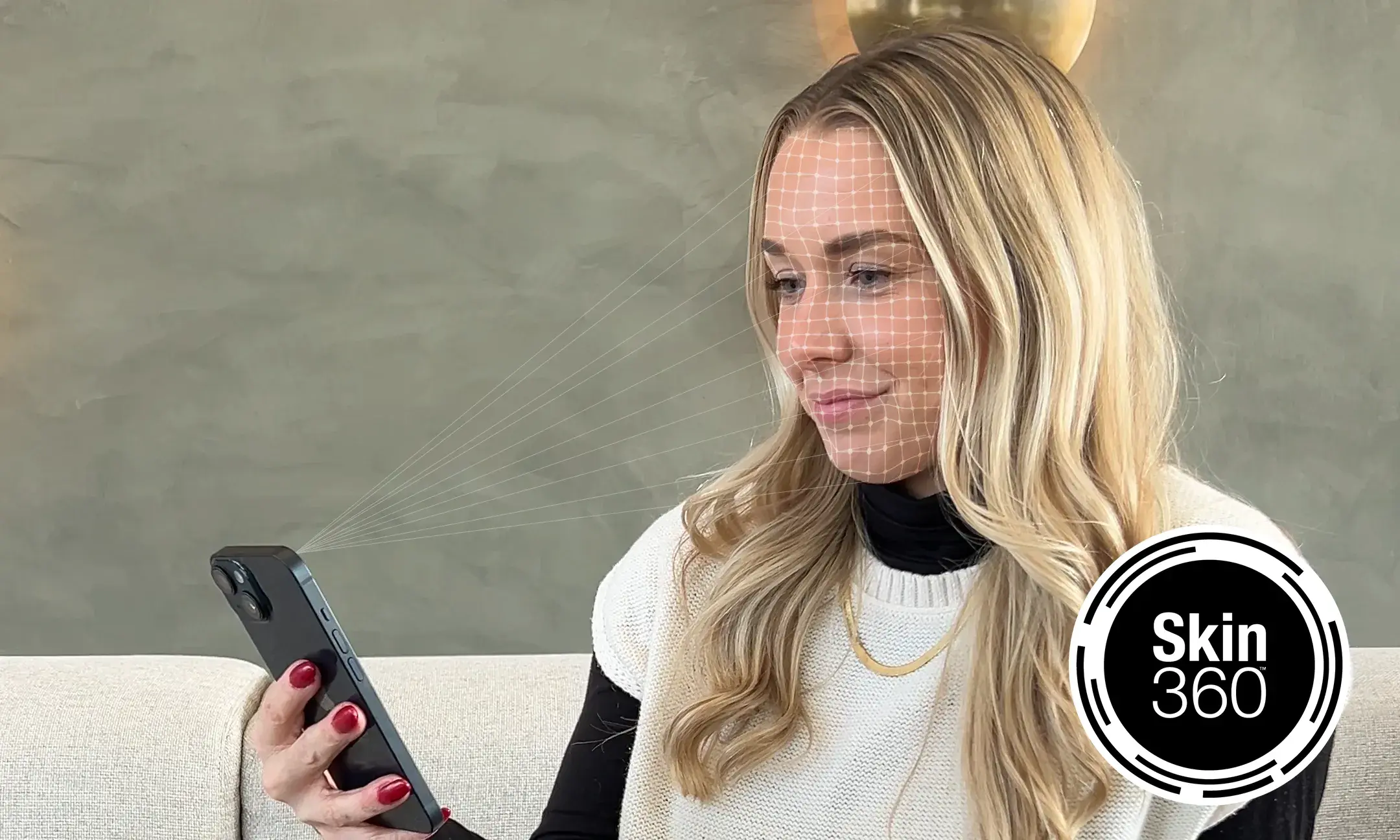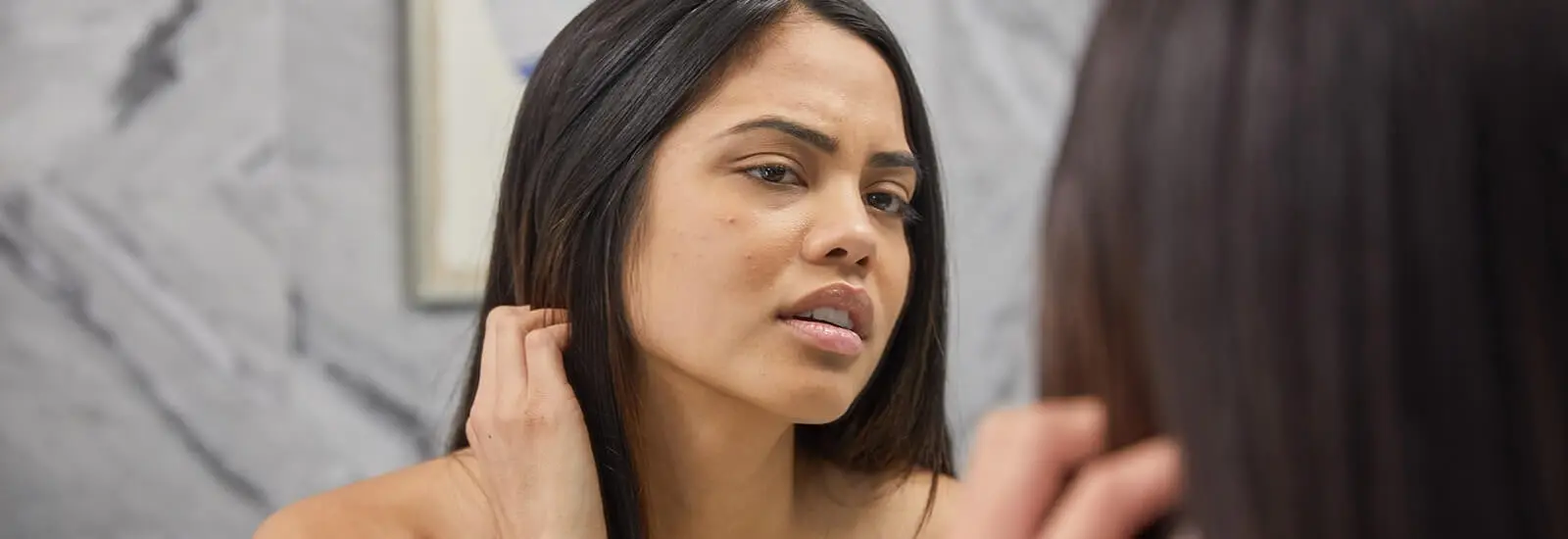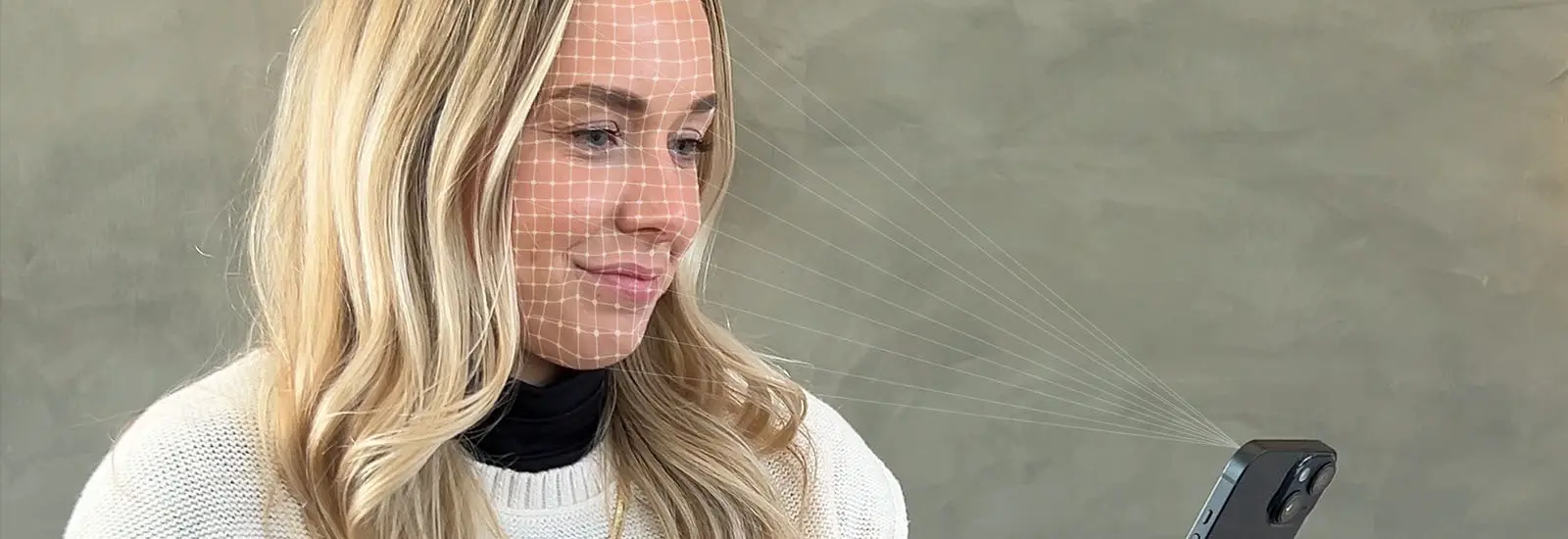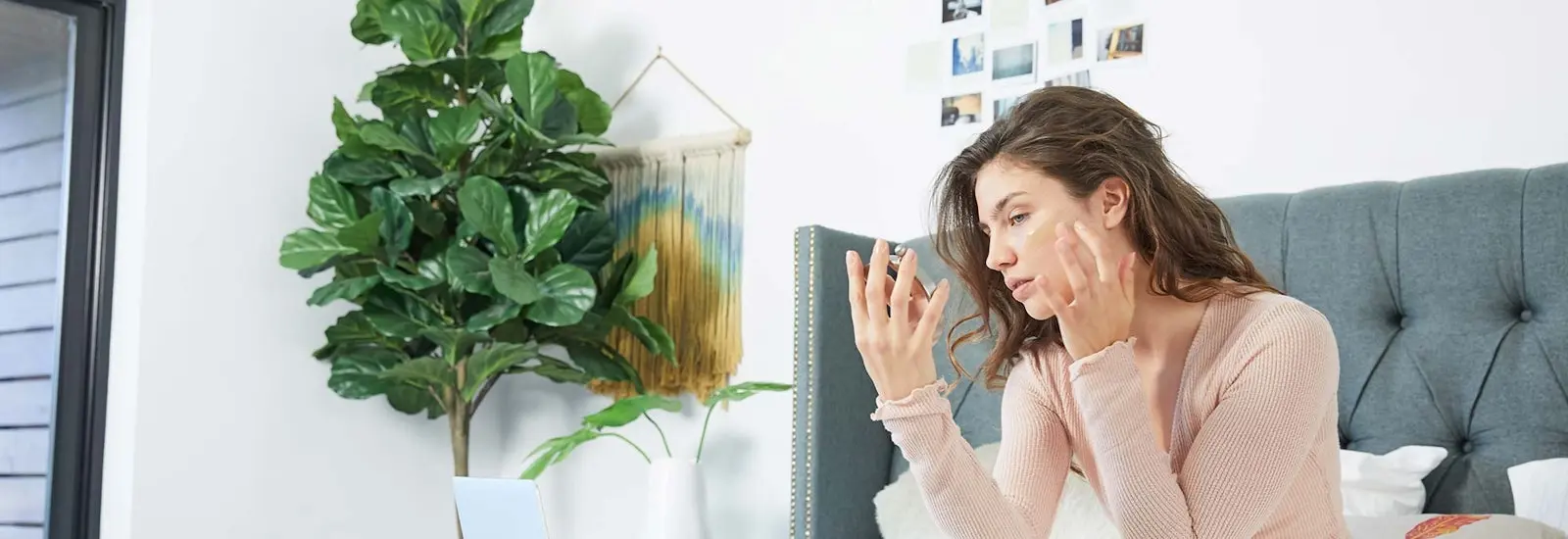Help! My skin won’t stop breaking out while I'm staying home. What the heck is going on?
An unexpected side effect of sheltering in place has been an increase in breakouts. We’ve heard your concerns and consulted with skin care experts and estheticians Alisha Doyle and Mandy Epley on why these unwelcomed pimples keep popping up and how we can treat them.
Global Pandemic Equals Extra Stress
There are so many parts of our lives that are uncertain right now. This causes a range of emotions, including stress. Stress is known to boost the production of a hormone called cortisol. As a result, cortisol increases your oil production. Ugh! Alisha Doyle says, “This surge of oil may cause pimples (little red bumps). When oil mixes with dead skin cells and bacteria, a breakout occurs (inflamed, sore red or white bumps).”
To treat excess oil, use acne products formulated with salicylic acid. “Salicylic acid will help remove skin cells and oil that block your pores,” Doyle says. For inflamed acne (sore red or white bumps, use acne skin care that contains benzoyl peroxide. “Benzoyl peroxide helps kill bacteria that’s deep in the pores,” she adds.
Healthy Eating Isn’t Always an Option
Comfort foods. Pastas. Canned soups. Our diets have shifted, and we don’t have as much access to healthy foods and fresh produce as once before. “We’re all probably finding ourselves reaching for unhealthy snacks more and more right now,” Mandy Epley says. She recommends treating yourself sometimes but not making it a regular habit. “Instead, eat nuts, berries and the occasional piece of dark chocolate.”
Sip on a detox tea. Stay hydrated by drinking lots of water. And try limiting dairy. “Acne is caused from the inside,” Epley adds. “If you don’t take care of yourself internally, your skin will show it.” Preach!
Sheltering in Places Means More Time Indoors
There’s this unspoken expectation that our skin would be healthier because we’re stuck inside so it’s not being exposed to harmful UVA/UVB light, pollution and other environmental factors. Contrary to this totally reasonable belief, we’re actually doing our skin a disservice by not giving it a much-needed dose of vitamin D.
Doyle notes that having healthy levels of vitamin D provide an anti-inflammatory effect on your body. “Acne is an inflammatory condition,” she says. “When your body is deficient in vitamin D, your acne may worsen.”
You can also make simple dietary switches to include foods like salmon, eggs and mushrooms that are rich in vitamin D. Eggs sunny-side up, anyone?
We Can’t Get Our Regularly Schedule Facials
Our current predicament has left many of us feeling stranded. We temporarily don’t have in-person access to our hairstylists, dentists, doctors and estheticians. But, that doesn’t mean we can’t consult with them virtually. Epley recommends reaching out to your esthetician or dermatologist over video chat or phone to discuss your skin concerns. We’re all in this together, so many have been eager to share advice and make product recommendations.
And since we can’t get anywhere for expert extractions, Epley graciously shares her tips for knowing when a pimple is ready to be popped and the best way to do it. “A pimple is only ready to be popped when there’s a visible whitehead,” she says. We know it can be tempting to squeeze any bump that appears on our skin, but that only makes things worse.
When it’s time to properly extract, you’ll want to wash your hands and cleanse your skin first. Using clean fingers, gently squeeze the pimple in different directions until the infection (pus) has been removed. “Once you see blood or oil, you’ve gone too far,” Epley adds. Immediately after, grab an ice cube and apply it directly to the extracted area for 5 minutes. Epley says this step is the most important. After you’ve applied the ice cube, then you can finish by adding an acne spot treatment to the area.
PPE is Contributing to Unexpected Skin Conditions
Heroes on the frontlines of this global pandemic are wearing masks for extended periods of time as well as washing their hands and using alcohol-based sanitizers at extremely high rates. They’re also experiencing breakouts, rashes and dry skin.
In order to save their skin, Epley recommends using a hyaluronic acid-based serum followed by a recovery balm on the face every day. Hydrating masks with peptides are a bonus when there’s a little bit of extra time. “Moisturize, moisturize, moisturize,” Epley says. At night before bed, apply recovery balm to the hands and wrap them in socks so the moisture soaks in while sleeping.
We know breaking out is frustrating and stressful on any old regular day. It’s especially challenging under these conditions. Remember, stressing out about your skin could amplify the situation. Take a few deep breaths, check out these tips for de-stressing and keep up with your regular skin care routine as best as possible. You got this!





